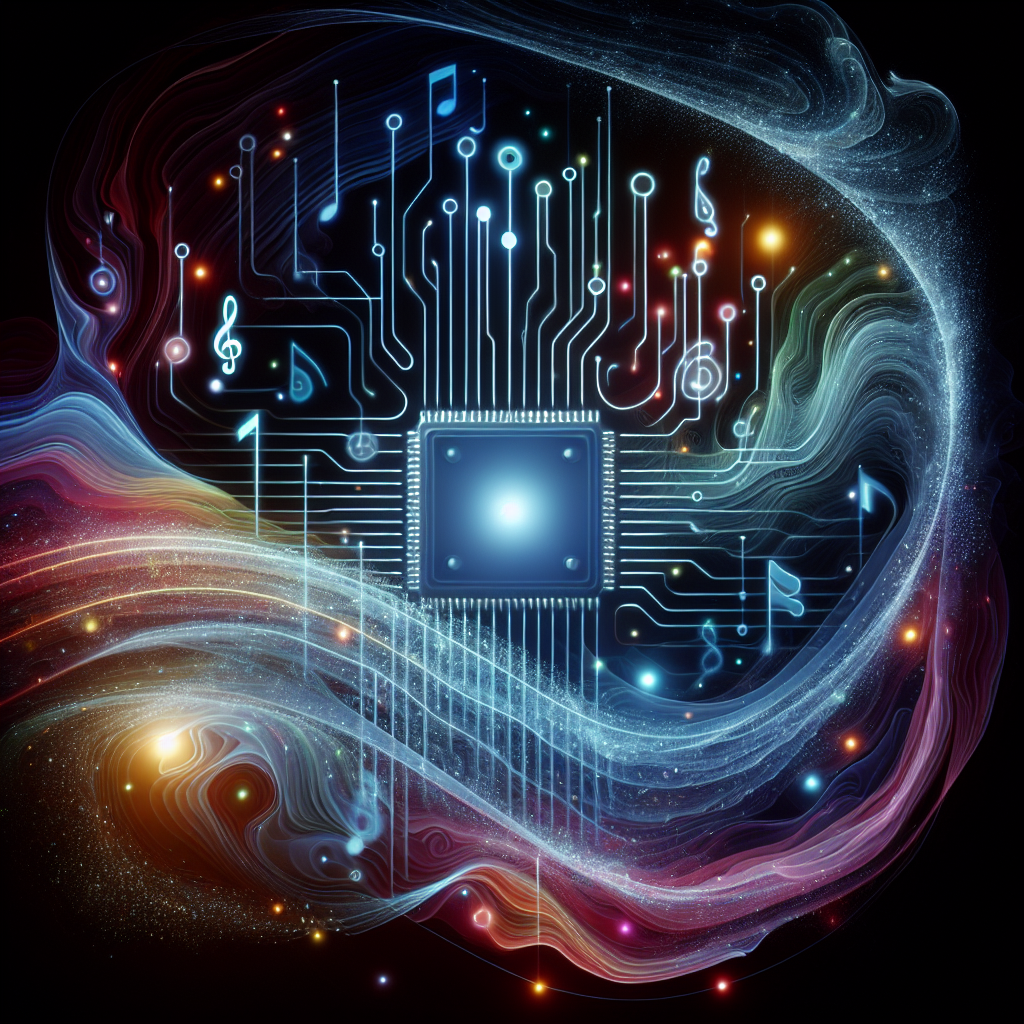In recent years, the intersection of artificial intelligence (AI) and music therapy has been gaining attention for its potential to revolutionize the way we approach healing through sound. Music therapy has long been recognized for its ability to improve mental, emotional, and physical well-being, and AI technology is now being harnessed to enhance and personalize the therapeutic benefits of music.
AI algorithms are being used to analyze music preferences, emotional responses, and physiological data to create personalized playlists that can help individuals relax, reduce stress, and improve mood. This personalized approach to music therapy can provide targeted support for individuals with a wide range of conditions, from anxiety and depression to chronic pain and neurological disorders.
One of the key benefits of using AI in music therapy is its ability to adapt and evolve over time. By continuously analyzing data and feedback from individuals, AI algorithms can adjust and refine the music therapy experience to better meet the unique needs of each person. This dynamic approach can lead to more effective and sustainable outcomes for individuals seeking relief through music therapy.
AI technology is also being used to create new tools and platforms for delivering music therapy services. Virtual reality (VR) and augmented reality (AR) applications are being developed to create immersive and interactive music therapy experiences that can transport individuals to different environments and stimulate different senses. These technologies can help individuals connect with music in new and innovative ways, enhancing the therapeutic benefits of music therapy.
Another area where AI is making an impact in music therapy is in the creation of music compositions. AI algorithms can analyze existing music compositions and generate new pieces of music that are tailored to specific therapeutic goals. This can be particularly helpful for individuals who may have difficulty expressing their emotions or thoughts verbally, as music can serve as a powerful medium for self-expression and communication.
Overall, the intersection of AI and music therapy holds great promise for improving the effectiveness and accessibility of music therapy services. By harnessing the power of AI technology, music therapists can provide more personalized and targeted support for individuals seeking healing through sound.
FAQs:
Q: How does AI personalize music therapy for individuals?
A: AI algorithms analyze data on music preferences, emotional responses, and physiological data to create personalized playlists that can help individuals relax, reduce stress, and improve mood. This personalized approach allows music therapists to tailor the music therapy experience to meet the unique needs of each person.
Q: What are some of the conditions that can benefit from AI-enhanced music therapy?
A: AI-enhanced music therapy can benefit individuals with a wide range of conditions, including anxiety, depression, chronic pain, and neurological disorders. By providing personalized support, AI technology can help individuals manage their symptoms and improve their overall well-being.
Q: How can AI technology improve the delivery of music therapy services?
A: AI technology can create new tools and platforms for delivering music therapy services, including virtual reality (VR) and augmented reality (AR) applications. These technologies can create immersive and interactive music therapy experiences that enhance the therapeutic benefits of music therapy.
Q: How is AI used to create music compositions for therapy?
A: AI algorithms can analyze existing music compositions and generate new pieces of music that are tailored to specific therapeutic goals. This can be particularly helpful for individuals who may have difficulty expressing their emotions or thoughts verbally, as music can serve as a powerful medium for self-expression and communication.

